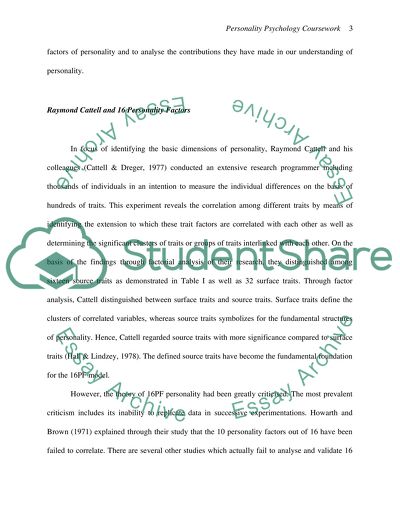Cite this document
(“Trait Theories of Personality Essay Example | Topics and Well Written Essays - 1500 words”, n.d.)
Retrieved from https://studentshare.org/psychology/1529274-trait-theories-of-personality
Retrieved from https://studentshare.org/psychology/1529274-trait-theories-of-personality
(Trait Theories of Personality Essay Example | Topics and Well Written Essays - 1500 Words)
https://studentshare.org/psychology/1529274-trait-theories-of-personality.
https://studentshare.org/psychology/1529274-trait-theories-of-personality.
“Trait Theories of Personality Essay Example | Topics and Well Written Essays - 1500 Words”, n.d. https://studentshare.org/psychology/1529274-trait-theories-of-personality.


